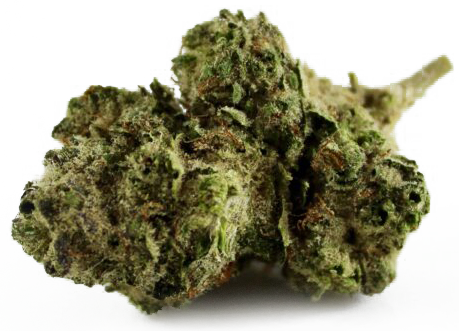Cannabis plants contain hundreds of chemicals. All of them are stored in the trichomes. Trichomes are small crystals that can be seen all over the plant, including on the flowers and the leaves (see Anatomy of the cannabis plant). These chemical components are known as cannabinoids.
Cannabinoids affect cellular receptors in the brain and body and their effects on the human body have been studied around the world for decades. Extensive research in the field led to the isolation of the first cannabinoid in the 1960s (tetrahydrocannabinol, better known as THC). Overall, the substance mainly responsible for the brain and body’s response to cannabis is delta-9-tetrahydrocannabinol (THC).
Therefore, the concentration and the amount of THC are factors to take into consideration when purchasing, and the sales consultants of the Société québécoise du cannabis (SQDC) can guide you towards the most appropriate product for you. Moreover, on the product’s packaging, the amount of THC is stated as percentage of THC by weight. As mentioned it in another blog article, botanically, hemp, cannabis and marijuana belong to the same species, Cannabis sativa L, of the Cannabaceae family. The main difference between the two species is the content of THC (tetrahydrocannabinol) which is the psychoactive substance in cannabis. Strains containing less than 0.2% THC on a dry plant extract are considered as hemp, while strains containing more than 0.2% are considered as cannabis.
Cannabidiol (CBD) is another cannabinoid found on the cannabis plant. CBD is the subject of several studies and research, notably for its therapeutic potential.
The trichomes of the cannabis plant also contain terpenes. Terpenes are similar to essential oils and are what give the plant its smell and flavor. Produced naturally by the plant, terpenes are first of all one of the natural defense mechanisms of the plant, since they keep away harmful insects while attracting pollinating insects.



